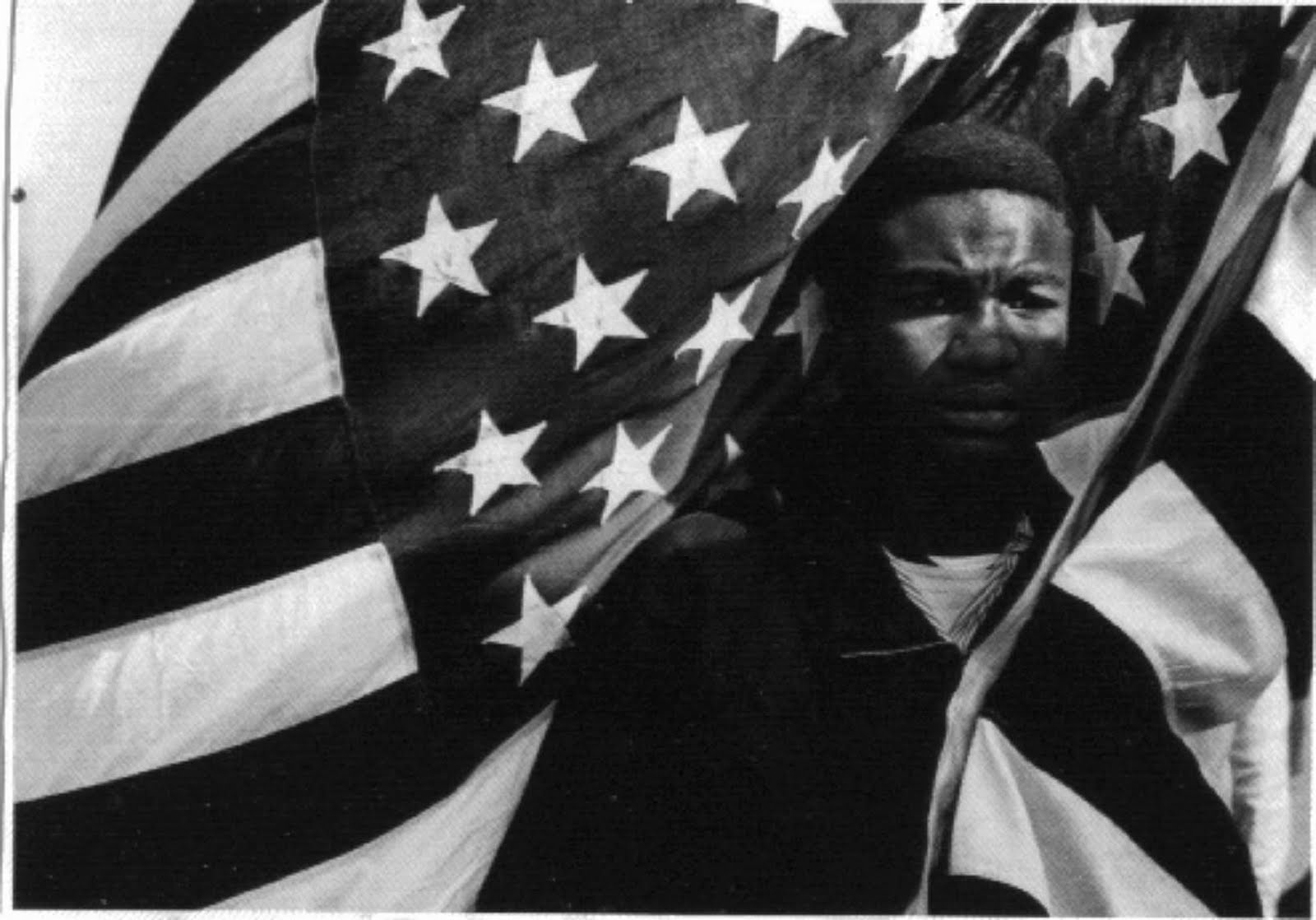By Chris Brown,
Director, First-Year Experience & Orientation at St. Bonaventure University
After discussing recent op-ed pieces with students, staff and faculty alike, I realized I needed to catch up on the articles published in our campus paper. I’m a bit ashamed in myself for falling this far behind with the BV.
Despite a couple weeks having passed, one recent opinion piece – an article about Colin Kaepernick’s protest of racial oppression – stands out as especially troublesome to me. In this piece, Brandon Sapienza claimed that since slavery was abolished, African Americans no longer face any real oppression.
If one considers the experiences shared by African Americans today as insufficient evidence of oppression, one can turn to a myriad of studies, each repeatedly demonstrating clear patterns of discrimination permeating political, economic, criminal and educational systems throughout the United States.
For example, both Republican and Democrat legislators responded less frequently to constituents with black-sounding names than white-sounding ones; black car buyers were offered higher prices when shopping for a vehicle, even though they used identical negotiation scripts as white shoppers.
Regardless of nearly identical rates of marijuana use among white and black individuals, black marijuana users are far more likely to be arrested than white users; employers were less likely to offer an interview to applicants with black-sounding names than white-sounding names, despite identical resumes (except in the name) being submitted.
Medical professionals were less responsive to the pain reported by black patients than white patients; elementary and secondary school administrators assigned harsher punishments to black children than white children for similar offenses.
Even the “Bona Bubble” is not a shield against oppression. According to the campus climate survey conducted at St. Bonaventure last year, students of color are nearly twice as likely to experience harassing behaviors on campus.
The transatlantic slave trade was indeed abolished, as the author pointed out, as were Jim Crow laws. Yet it is impossible to miss, if one is willing to look, the lasting impacts of slavery and Jim Crow.
To ignore oppression today, implying that it is not as bad as slavery, and, therefore, should not be protested, ignores massive, systemic social problems. Dismissing these problems enables them to continue, contributing to the festering wound of the status quo.
If we are to live up to our proclaimed values as an intellectual community that respects the dignity of all, we must actively challenge the grotesque echoes of slavery that continue to thrive in our society.
CBROWN@sbu.edu






